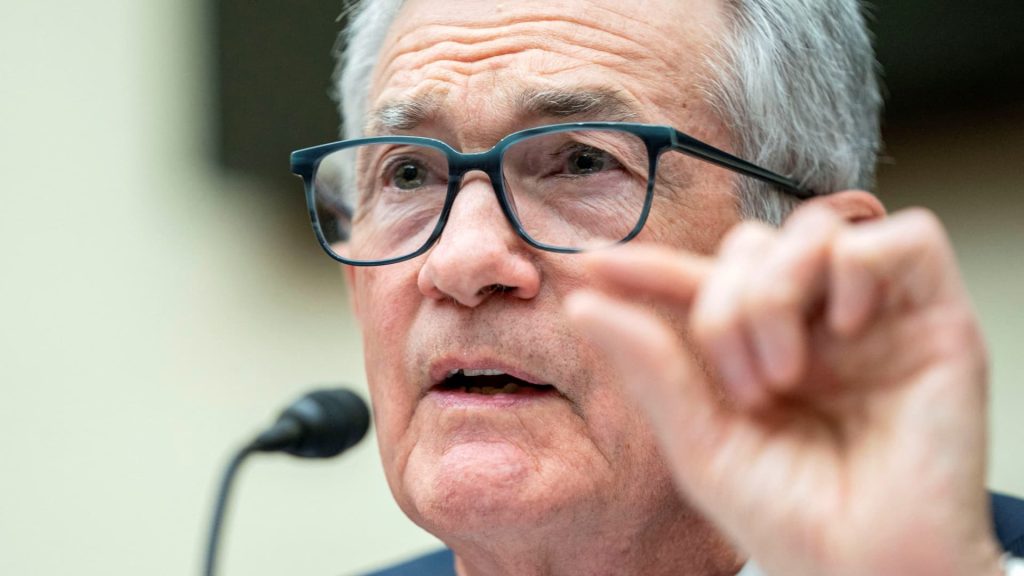Federal Reserve Chair Jerome Powell is scheduled to speak at the Stanford Business, Government and Society forum. The event will include prepared remarks from Powell, followed by a question-and-answer session with a moderator. This appearance comes after the Fed’s recent meeting where they decided to keep interest rates steady, but indicated that a rate cut is likely later this year. Powell emphasized that the timing of the rate cut is uncertain and that more evidence of inflation moving towards the 2% goal is needed. Other Fed officials have echoed these comments and suggested that rate reductions are on the horizon, although the timing remains uncertain.
Atlanta Fed President Raphael Bostic recently stated that he believes there will only be one rate cut this year, which would occur in the fourth quarter. However, other members of the Federal Open Market Committee have indicated that there could be three rate cuts in total. Market expectations suggest that the Fed will begin easing in June or July, with three rate cuts expected by the end of 2024. The uncertainty surrounding the timing of these rate cuts reflects the cautious approach taken by Fed officials as they assess economic conditions and the need for monetary policy adjustments.
Despite the widespread anticipation of rate cuts later this year, some voices have raised concerns about the wisdom of such a move. Steve Eisman, for example, warned against cutting rates and suggested that doing so could create a stock market bubble. This highlights the ongoing debate within the financial community about the potential risks and benefits of lowering interest rates. The Fed’s decision to cut rates will be closely watched by investors, policymakers, and the general public, as it will have significant implications for the economy and financial markets.
The Fed’s approach to interest rates and monetary policy has been influenced by concerns about inflation, economic growth, and global economic conditions. Powell and other Fed officials have emphasized the importance of monitoring inflation trends and the need for further evidence before making a decision on rate cuts. The uncertainty surrounding the timing of rate cuts reflects the complex nature of the current economic environment and the challenges facing central bankers as they navigate a shifting landscape. The Fed’s decision-making process will be closely scrutinized in the coming months as policymakers seek to strike a balance between supporting economic growth and addressing potential risks.
The upcoming speech by Jerome Powell at the Stanford Business, Government and Society forum will provide further insights into the Fed’s thinking and its plans for monetary policy in the months ahead. Powell’s remarks, combined with the subsequent question-and-answer session, will offer investors and analysts valuable information about the Fed’s intentions and priorities. The Fed’s communications strategy and transparency will be key factors in shaping market expectations and influencing investor behavior. The Fed’s ability to communicate effectively and manage market expectations will play a crucial role in shaping the economic outlook and financial markets in the coming months.
Overall, the Federal Reserve’s approach to interest rates and monetary policy is facing increased scrutiny and uncertainty as economic conditions evolve and global risks mount. The Fed’s decision to potentially lower rates later this year will have significant implications for the economy and financial markets, and investors are closely monitoring developments for signs of how these decisions may impact their investments. The upcoming speech by Jerome Powell and other Fed officials will provide valuable insights into the central bank’s thinking and its plans for the future, shedding light on the factors influencing monetary policy decisions and the potential risks and opportunities on the horizon.















